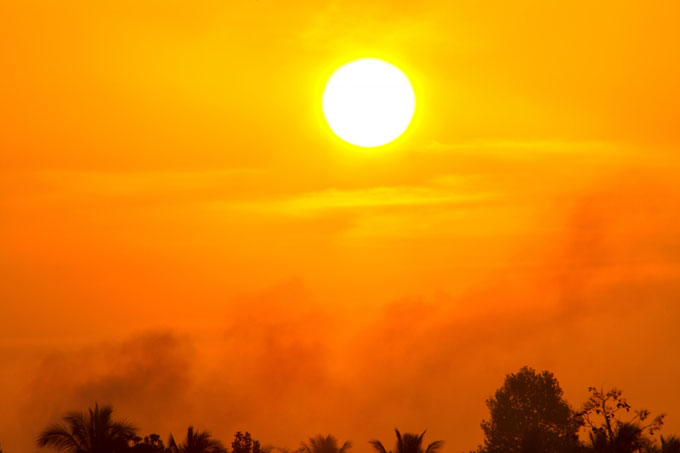By Andrew Freedman
The monthly peak amount of carbon dioxide in the Earth's atmosphere in 2019 jumped by a near-record amount to reach 414.8 parts per million (ppm) in May, which is the highest level in human history and likely the highest level in the past 3 million years.
Why it matters: Carbon dioxide is the most important long-lived greenhouse gas, with a single molecule lasting in the air for hundreds to around 1,000 years. The continued buildup of carbon dioxide due to human activities, such as burning fossil fuels for energy, is driving global temperatures up and instigating harmful impacts worldwide.

A thermal power plant located between Tianjin and Beijing. Photo: Zhang Peng/LightRocket via Getty Images
Continue reading at: Earth's carbon dioxide has jumped to the highest level in human history
The monthly peak amount of carbon dioxide in the Earth's atmosphere in 2019 jumped by a near-record amount to reach 414.8 parts per million (ppm) in May, which is the highest level in human history and likely the highest level in the past 3 million years.
Why it matters: Carbon dioxide is the most important long-lived greenhouse gas, with a single molecule lasting in the air for hundreds to around 1,000 years. The continued buildup of carbon dioxide due to human activities, such as burning fossil fuels for energy, is driving global temperatures up and instigating harmful impacts worldwide.

A thermal power plant located between Tianjin and Beijing. Photo: Zhang Peng/LightRocket via Getty Images
Continue reading at: Earth's carbon dioxide has jumped to the highest level in human history






